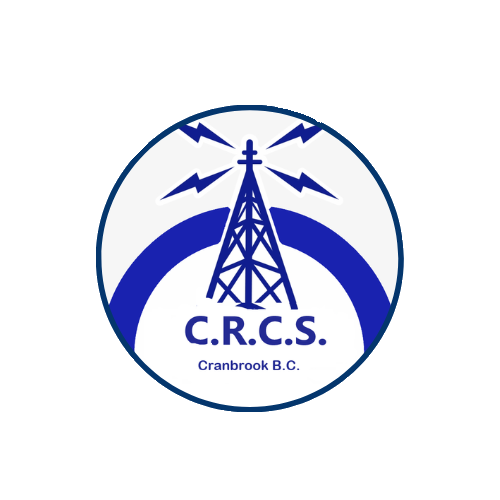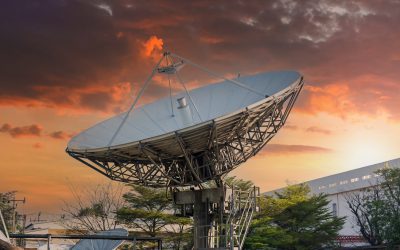In the realm of amateur radio, there exists a fascinating niche known as Slow Scan radio programs. Join us as we embark on a journey to uncover the intricacies of Slow Scan radio programs, exploring their history, technology, and practical applications for radio enthusiasts worldwide.
Understanding Slow Scan Radio Programs: A Brief Overview
Slow Scan radio programs, also known as SSTV (Slow Scan Television), involve the transmission and reception of images via radio waves. Unlike traditional television broadcasts, which deliver moving images in real-time, SSTV utilizes a methodical approach to transmit still images over the airwaves. This process involves breaking down images into narrow strips or lines, which are then transmitted sequentially and reconstructed at the receiving end to form a complete picture. The result is a series of images that convey visual information to listeners, adding a unique dimension to radio communications.
Exploring the History and Evolution of SSTV
The roots of Slow Scan radio programs can be traced back to the early days of radio experimentation, with pioneers like Copthorne Macdonald and Martin Emmerson developing the first SSTV systems in the 1950s and 1960s. Initially used for technical experiments and military applications, SSTV gradually gained popularity among amateur radio operators, who saw its potential for artistic expression and communication. Over the years, advancements in technology have led to the development of more sophisticated SSTV systems, capable of transmitting high-resolution images and supporting a wide range of formats and modes. Today, SSTV continues to thrive as a vibrant community-driven activity within the amateur radio community, with enthusiasts worldwide participating in SSTV contests, exchanges, and special events.
Practical Applications of SSTV in Amateur Radio
Slow Scan radio programs offer a myriad of practical applications for amateur radio enthusiasts, ranging from exchanging images of QSL cards (confirmation of radio contacts) to documenting events, conducting experiments, and engaging in creative expression. Amateur radio operators often use SSTV to share images of their radio setups, antennas, and operating locations, providing insights into their radio activities and fostering camaraderie within the community. Additionally, SSTV serves as a valuable tool for emergency communications, allowing operators to transmit visual information such as maps, diagrams, and weather reports during disaster response efforts. Whether it’s capturing breathtaking scenery during outdoor expeditions or sharing homemade artwork and graphics, SSTV enables radio enthusiasts to communicate in a visual language that transcends traditional radio communications.
Getting Started with Slow Scan Radio Programs
For those eager to explore the world of Slow Scan radio programs, getting started is easier than you might think. All you need is a basic amateur radio setup capable of transmitting and receiving SSTV signals, along with a computer or dedicated SSTV decoder software to display received images. Many modern transceivers come equipped with built-in SSTV capabilities, making it simple to get up and running with Slow Scan radio programs. Additionally, there are numerous online resources, forums, and communities dedicated to SSTV, where beginners can find helpful guides, tutorials, and support from experienced operators. Whether you’re interested in experimenting with SSTV for the first time or looking to expand your radio horizons, Slow Scan radio programs offer a rewarding and immersive experience for amateur radio enthusiasts of all skill levels.
Conclusion: Embracing the Art and Technology of Slow Scan Radio Programs
In conclusion, Slow Scan radio programs represent a captivating fusion of art and technology within the amateur radio community. From its humble beginnings to its modern-day resurgence, SSTV has captured the imagination of radio enthusiasts worldwide, offering a unique platform for creative expression, communication, and experimentation. Whether you’re captivated by the allure of transmitting images over the airwaves or drawn to the camaraderie of the SSTV community, Slow Scan radio programs offer endless opportunities for exploration and discovery. Join us at CRCS in embracing the art and technology of Slow Scan radio programs, and unlock the boundless potential of visual communication in the world of amateur radio.




